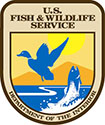Current and Recent Projects

Advancing NASA SWOT discharge estimates and spatial metrics in Chilean Rivers characterized by highly variable slopes and tidal influences
The C-SWOT project will collect high fidelity measurements of water surface elevations, bathymetry, and cross-sectional discharge on three topographically and hydroclimatically distinct river systems in the Americas, all of which are in the SWOT River Database v12 database (SWORD). These data will support discharge calculations of these river systems at sub-monthly, seasonal, and annual time scales in support of the Surface Water Ocean Topography (SWOT) Mission. This project began in 2023 and will continue through 2026.

US-191 Wildlife and Transportation Assessment
The goal of the US-191 Wildlife and Transportation Assessment is to provide area residents, community representatives and public agency staff with robust information for decision-making on potential opportunities to improve road safety and ecological connectivity for terrestrial and aquatic wildlife species in the face of unprecedented regional traffic growth. This project began in 2021 and will continue through 2022.
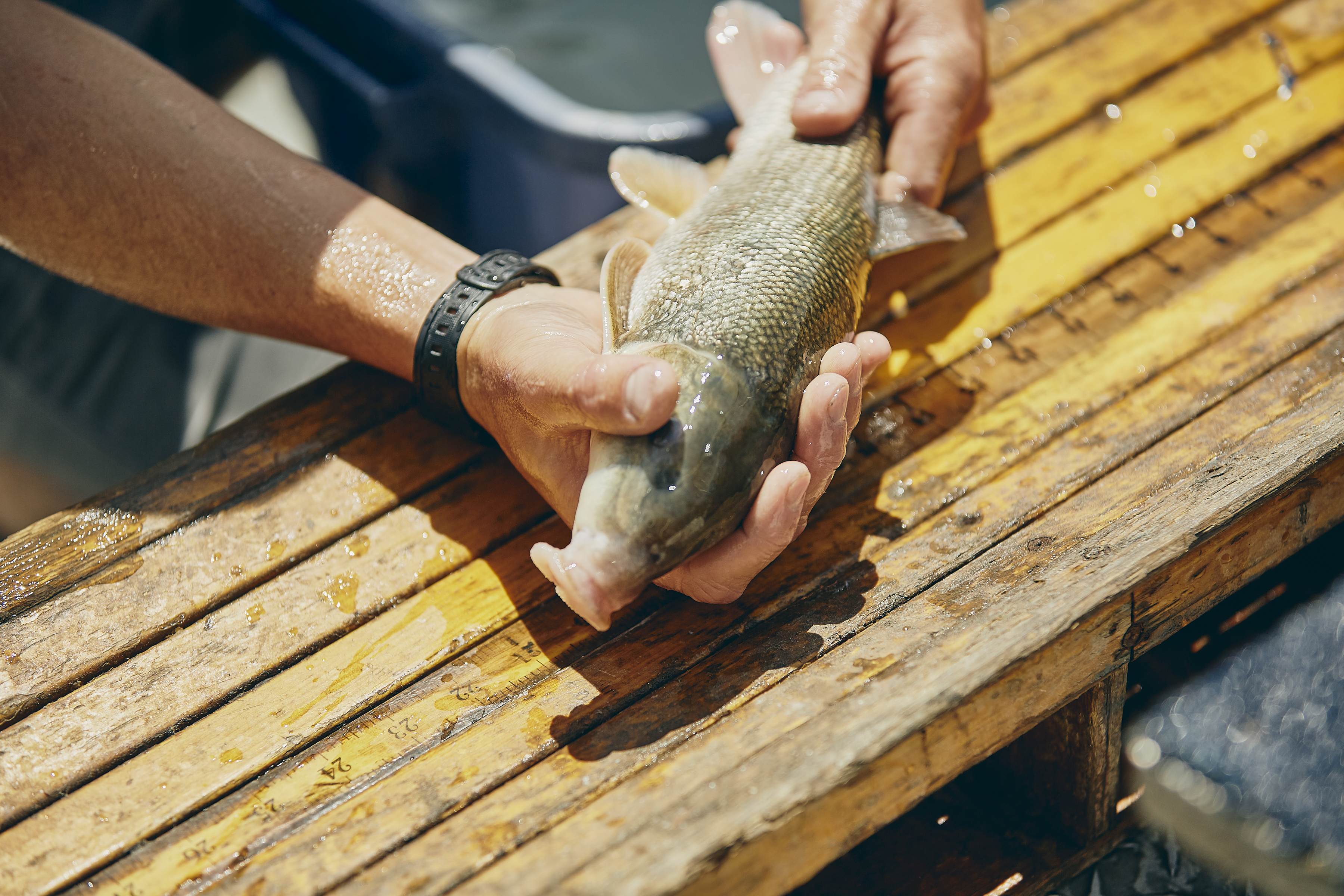
Evaluating Swimming and Leaping Performance and Restoring Connectivity for Native and Priority Fish Species in the West
This project will develop critical swimming performance and behavior metrics for selected native fishes to improve design of fish passage structures. The project will focus on developing these metrics for native fishes in the upper Missouri River basin. Project will begin in 2022 and continue through 2025.
Fish Passage Guidance Resource for Pacific Lamprey and Bull Trout
The goal of this project is to develop a design guidance resource intended to provide the background, rational, and recommendations needed to design proper fish passage facilities for Pacific Lamprey, Bull Trout and other USFWS trust species in the Pacific Northwest. The guidance resource is to be completed Summer of 2021.
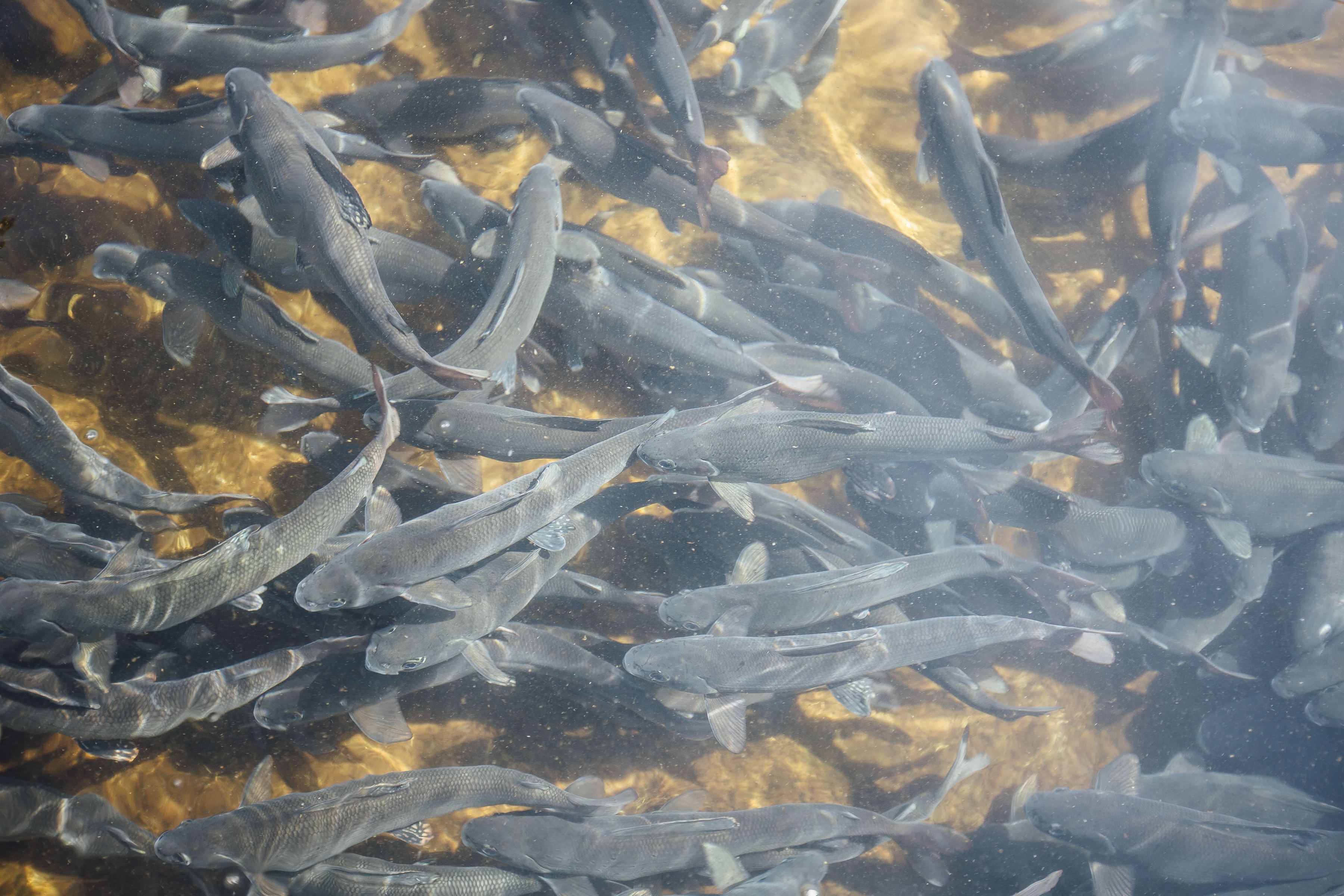
Developing Small-Scale Fishways for Use in Headwater Streams; New Technology and Standards for Increasing Landscape Connectivity Benefits of Fishways to Support Bull Trout, Arctic Grayling, and Cutthroat Trout
This project will begin the research necessary to develop and implement Denils of varying size (e.g. smaller) and more appropriate to the stream. Dramatic alterations to the dimensions of a Denil may make the device appropriate for the delicate flow balance that exists in small streams while maintaining effective upstream fish passage. Laboratory testing to begin in Summer 2020.
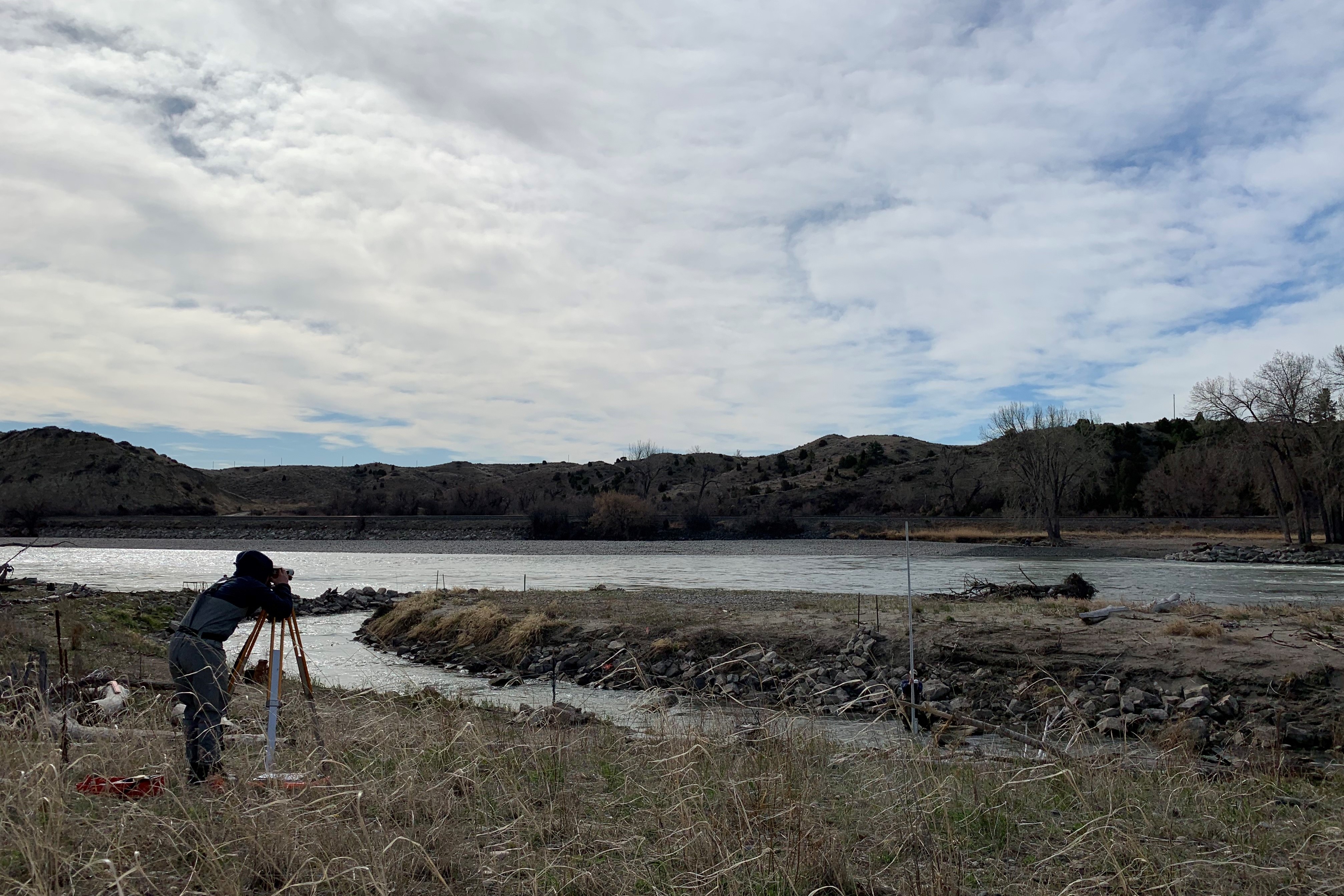
Efficacy of the Nature-like Bypass Channel at Huntley Diversion Dam, Yellowstone River, Montana
The purpose of this study is to evaluate the reconfigured Huntley fish bypass in 2019 and 2020 by estimating fish passage rates through the bypass and measuring and modeling the hydraulics of the bypass channel to determine its passability by various species under different river stages. Field work began on this project in Summer 2019.
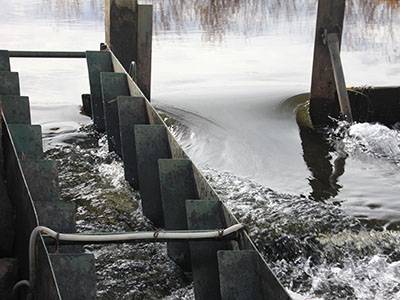
Improving Conservation Status of Arctic Grayling; Assessing and Increasing Landscape Connectivity Benefits of Denil Fishways in the Big Hole River Watershed
The purpose of this study is to evaluate the use and effectiveness of Denil structures installed in existing irrigation diversions throughout the Big Hole watershed. The study will identify features of present installations that prevent, limit and allow successful passage of Arctic grayling and other fish species. Field work was completed on this project in Summer 2017 and 2018. (Photo: ©Matt Blank, 2015)
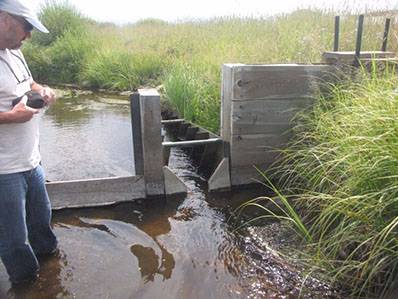
Modifying Denil Fishways to Optimize Arctic Grayling Passage
The purpose of this project is to evaluate four different flow management structures to determine which are the most effective at passing Arctic grayling through Denils. A flow management structure is a weir-like device that is installed on the upstream end of the Denil fishway to control the amount of flow passing through it. Laboratory testing at the Bozeman Fish Technology Center was completed in Summer 2017.
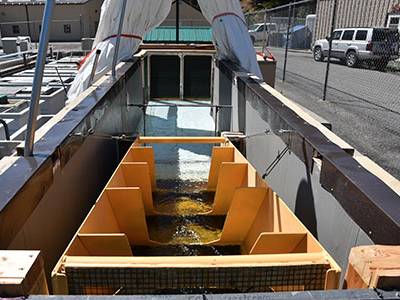
Evaluating the Efficacy of Denil Fishways in Irrigation Structures for Passage of Arctic Grayling
The purpose of this project is to evaluate how water depth affects passage success for Arctic grayling through both a 6-foot and a 12-foot Denil. These two lengths are the standard sizes used for passage at irrigation diversions. Laboratory testing at the Bozeman Fish Technology Center was completed in Summer 2016. Results were presented at the American Fisheries Society Western Division Meeting in May 2017.
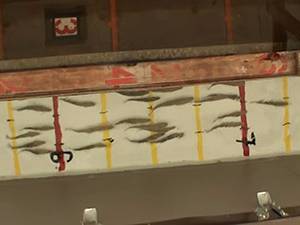
Volitional Swimming Performance of Arctic Grayling in an Open-Channel Flume: A Baseline Study
We are characterizing the swimming performance of Arctic grayling, a species of special concern, for fish passage assessment and design. This project will also be used as a baseline for additional studies on Arctic grayling. Laboratory testing at the Bozeman Fish Technology Center was completed in Summer 2015.


